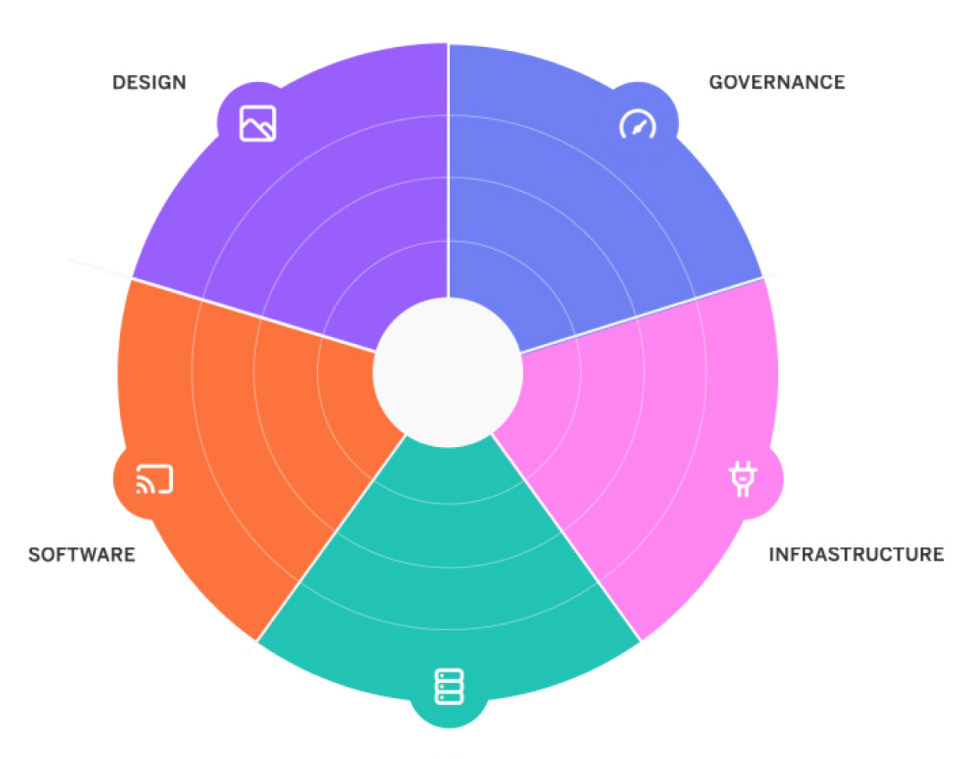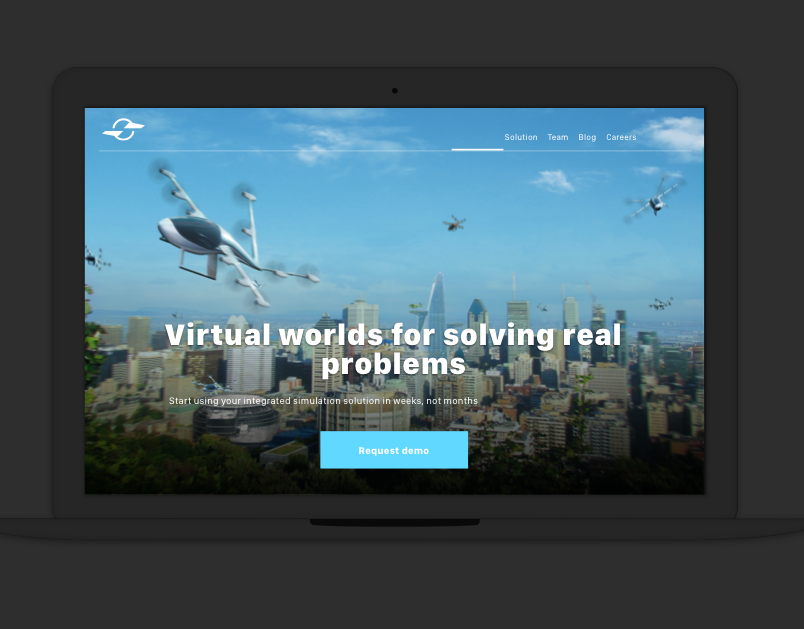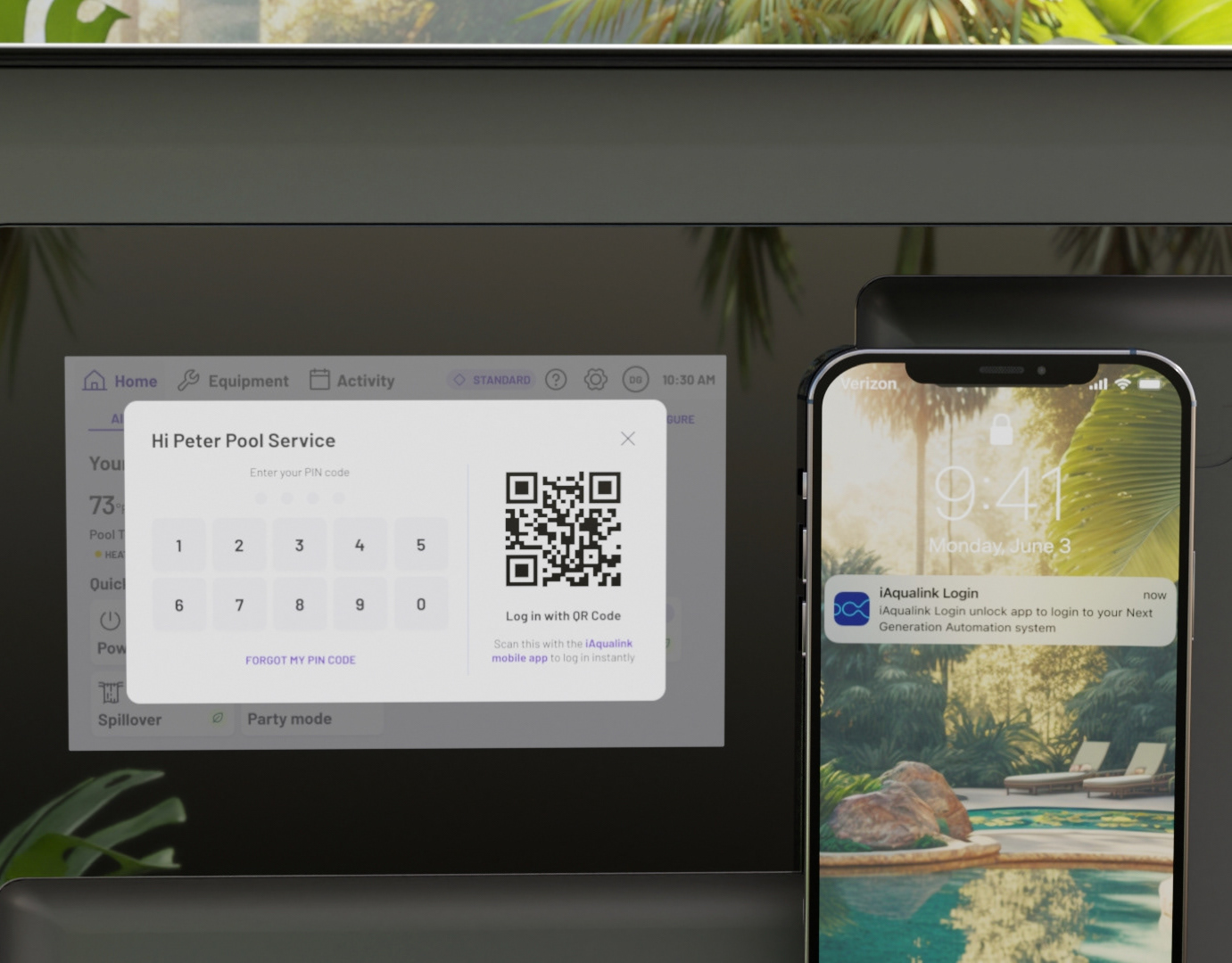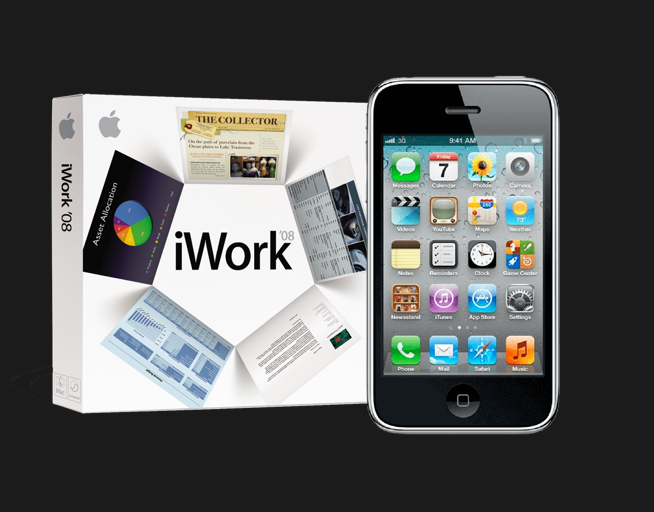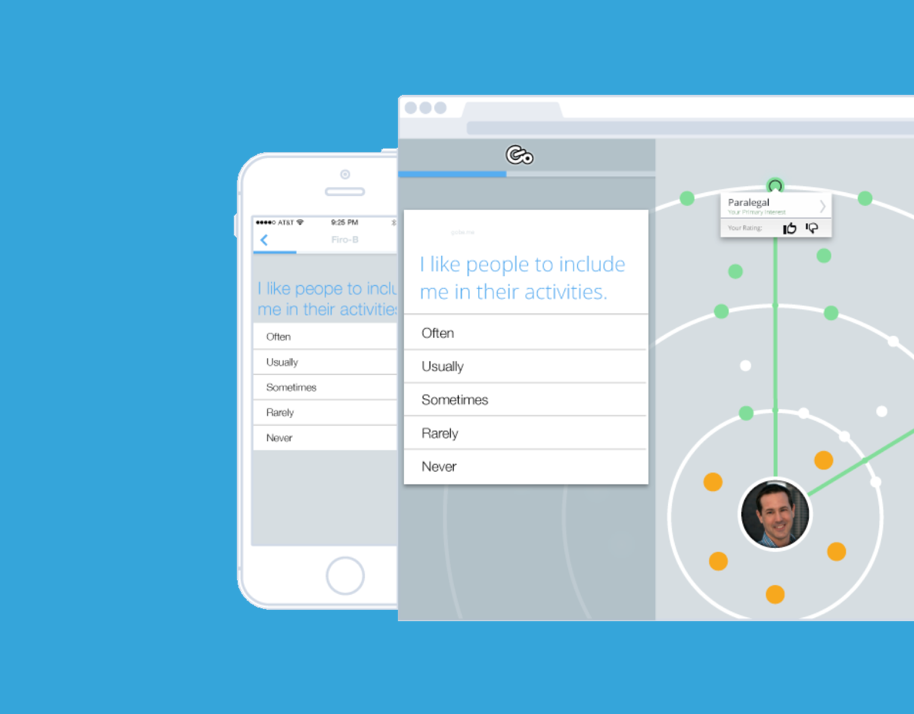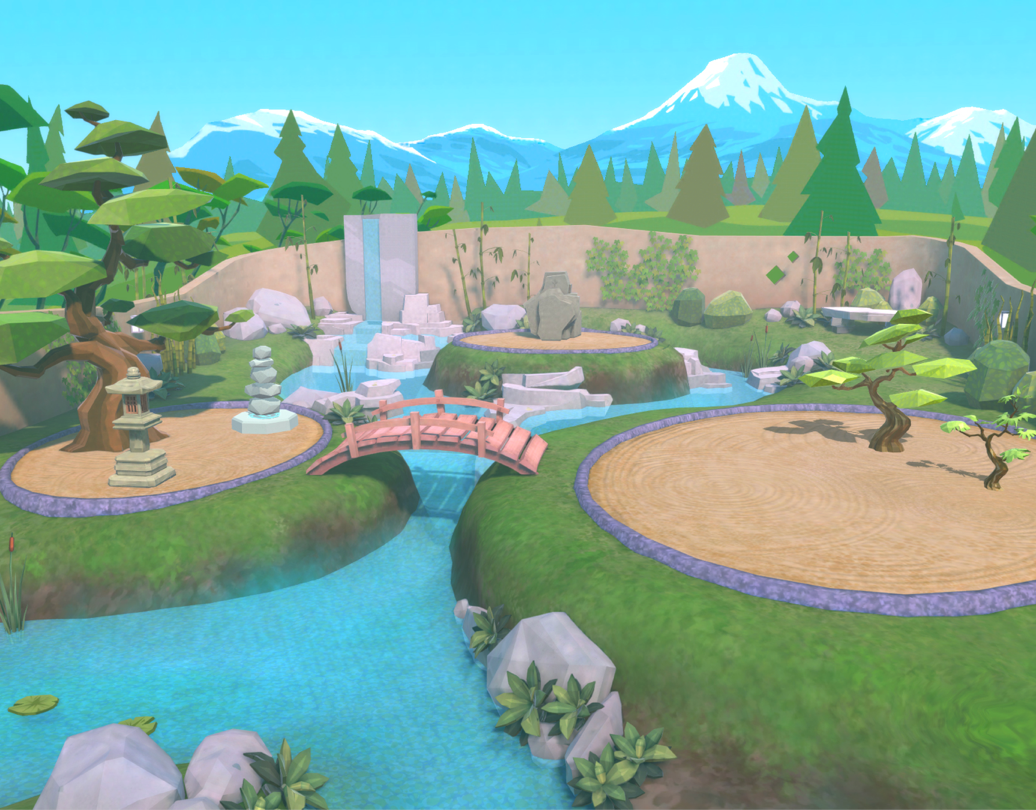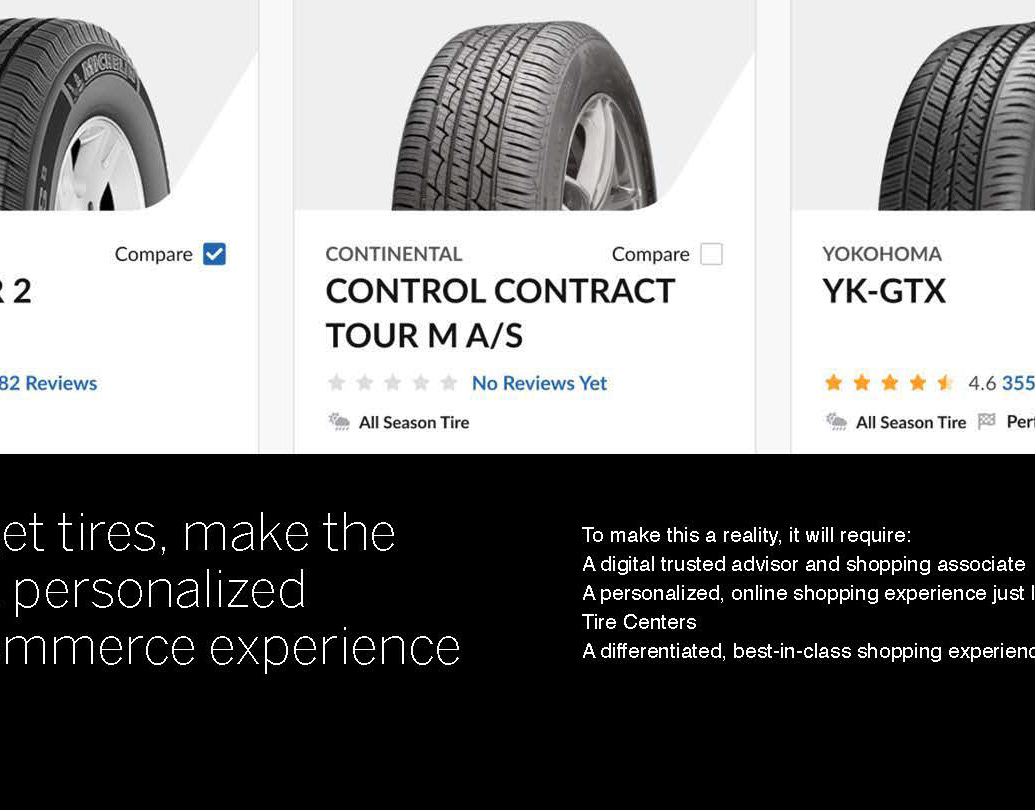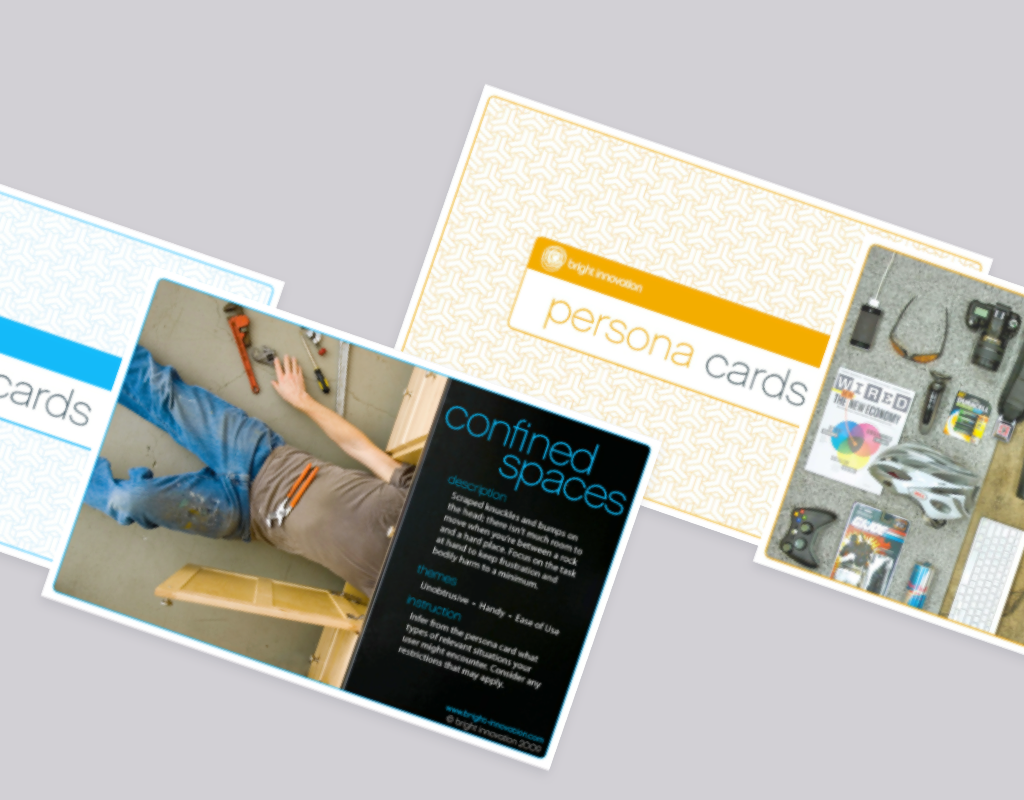Cafe Card Selector is a physical artifact placed in Capital One Cafes. It allows users to pair a phone to the paper via conductive ink. The card selector is an approachable experience that allows a customer interested in learning more about credit cards a conversation starter about their desires in a credit card and all while waiting for their coffee at the cafe. This work was part of research into furthering financial education in brief entertaining connections. The businesses intention was that over time the many touch points will create a valuable positive relationship between Capital One and the customer. This prototype upon testing did not advance to deployment as the team. Customer testing yielded a score below 60 NPS, our agreed upon minimum score to advance a concept. Further feedback from our executive board and ambassador core team agreed it failed at serving as an 'ice breaker' to help find a personal connection between customers and ambassadors that other concepts in the portfolio contained such as the Superhero Secret Identity.
I would conduct regular user testing sessions with Cafe Ambassadors, who were among my stakeholders. The bank’s Cafe Ambassadors are responsible for engaging customers and visitors to advance financial education.
A paper prototype of the Cafe Card Selector. Used as a Wizard Of Oz test to explore how the experience would work. An important step to test early and cheaply before investing in any development work. This prototype was the template for the first capacitive ink experience melded with an app. We needed to explore how it would help or hinder conversations about credit. This prototype became the foundation for the Cafe Card Selector project.
The team had a hack-a-thon to learn about capacitive ink, a new technology. What better way to learn than to build?! During this hack-a-thon the team explored the technology along with interesting financial education themes. We even had a working prototype by the end of this session!
This illustration showcases how capacitive ink and illustration are aligned to create an interactive poster. The print is underneath the poster graphics, so proper alignment must happen during the design phase.
